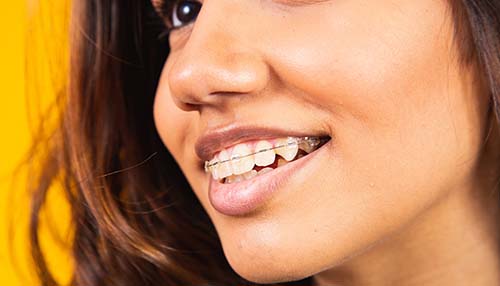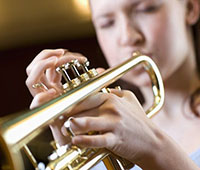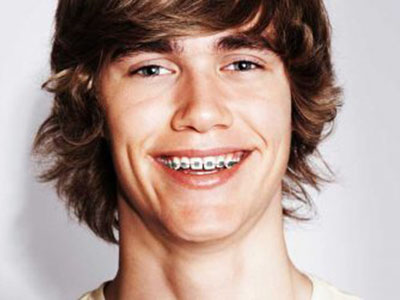Teens are Welcome
Teens today tend to have a pretty active online presence. With the kind of constant sharing social media encourages, there’s more pressure than ever to look good, even before applying filters! In spite of a penchant for posting selfies, many teens are insecure about their appearance. Spending so much time in the spotlight can sometimes be intimidating, especially if your smile is less than perfect. Being able to accept - and embrace! - your own inner and outer beauty is an important part of growing up. But if there are options available that can improve your oral health while also improving your general appearance, why not take advantage of them?

Teen Orthodontics
Frequently started between the ages of 12 and 16, since most permanent teeth will be in place, the teen years are the most common time for orthodontic treatment. Orthodontists like Dr. Taryn will also be able to easily detect issues with spacing, crowding, bite, and alignment in this age range, and the bone and jaw structure are formed enough to allow orthodontic treatment to begin. Some teens may have even started Phase I treatment at an earlier age, and are now following it up with full braces or other orthodontic treatment. Beyond outward appearances, untreated dental problems can have a lasting impact on a teen’s oral and overall health.If you notice any of the following issues, we recommend a consultation with Dr. Taryn , since they could be signs your teen may benefit from orthodontic treatment.
- Early, late, or irregular loss of their baby teeth
- Difficulty with chewing or biting
- Crowding or extra spacing between teeth
- Jaws that shift or make sounds
- Frequent biting of the cheek or the inside of the mouth
- Teeth that meet abnormally or not at all
- Jaws and teeth that are out of proportion to the rest of the face
- Protrusion of teeth
Teeth that have responded well to orthodontic treatment, and are straight and well-aligned carry with them a number of benefits, including:
- Being less prone to wear and tear, chipping, and tooth trauma
- Being easier to keep clean, helping to prevent tooth decay and cavities
- Reducing the chances of developing gum disease, which can result in bone loss, decay, and tooth loss.
- Improving proper chewing and digestion of food
Orthodontic treatment is truly an investment in your child’s future. By scheduling a consultation, Dr. Taryn will be happy to discuss the benefits of treatment with both of you, as well as any of the potential risks associated with delaying or foregoing treatment.
Although adults can, and do, successfully complete orthodontic treatment, the jaws and teeth of teenagers often respond more quickly to orthodontic treatment, shortening their total treatment time.
The Treatment Process
In the course of developing a customised treatment plan for your teen, we may recommend the use of an orthodontic appliance for a while. We offer:

Metal braces
The most popular and well-known orthodontic appliance, traditional metal braces hardly need an introduction! It may surprise you to learn, however, that the braces of today are far smaller and sleeker than their past incarnations. They’re lighter, more comfortable, and also easily customised by choosing from many colours of elastic ties on the brackets.
Ceramic braces
Also known as clear braces, these work the same way metal braces do but feature brackets made from clear ceramic materials which blend in with your teen’s own smile, making them much less obvious. Since ceramic braces are slightly more prone to breakage, are susceptible to staining, and a little costlier than metal braces, they may not be suitable for everyone.

Frequently Asked Questions

How long does treatment take?
This is a question with no concrete answer, unfortunately.
Every case is different, but on average, the active stage of orthodontic treatment will last anywhere from 6-36 months.
After this phase of treatment is complete, your teen will need to wear a retainer full time for about 4-6 months, then at night for as long as you would like the teeth to stay in their new positions.

Can teens still play sports when undergoing orthodontic treatment?
Can teens still play sports when undergoing
orthodontic treatment?
Absolutely! If your teen athlete is wearing more traditional braces, it will be essential to protect their smile in order to keep on track with treatment. We strongly recommend that they use an orthodontic mouthguard to protect their braces, and their mouth, from any potential injury. With the use of a proper orthodontic mouthguard, any contact sport can be played with braces.

What about musicians?
Traditional metal braces can potentially affect the way your teen plays some instruments. Most musicians adapt quickly and are able to perform just as well with braces on.

